25.-29.7.15
Walking with; Kennet School Team 2
Mount Elgon National Park lies on the Kenya/Uganda border and is named for the extinct volcano that dominates the park itself. The caldera caused by the collapse of the volcanic cone is reckoned to be the world’s largest and creates an impressive feature viewable from the summit of Wagagi which at 4321m is the highest mountain in the park. The most commonly taken route from the Ugandan side of the border is the route that we took via Sasa River and Mude Cave camps. It’s a spectacular route that leads through farmland, jungle and heather country before emerging onto the edge of the caldera itself and following the rim all the way to the summit. The group I was accompanying was from Kennet School and I was leading a month long expedition with Camps International that combined volunteering activities, this mountain trek and land and river safaris in Murchison Falls National Park.
We left the rutted, red earth high street of Bumasola followed by the curious stares of the local children and we were soon threading our way along narrow paths through shoulder high maize, crossing tumbling streams and climbing gradually through the farmland and hamlets of farmers. The views, even at this early stage, were jaw dropping and the landscape was incredibly verdant. Every inch of land was being used to grow maize, coffee, onion, peas, bananas, tomatoes and potatoes and there were goats, chickens, ducks and cows blocking our pathway at regular intervals. Our guides Chris and Alex led us at a good pace and with a few stops and starts we eventually made our way to the ladders at the magnificently named “Wall of Death”. In times gone by the only way to climb this part of the route was via frayed rope ladders, now, however, there are well maintained metal staircases that make the ascent of the cliff faces a far easier proposition. After a lunch of omlette and chips we pressed on into the rainforest and continued onto the first camp at Sasa River at a height of 2900m. En route we saw a couple of Monkeys (Colobus and Blue) hidden deep in the canopy and there was a plethora of birdlife and butterflies not to mention the fantastic trees, bamboo and jungle vines that fringed the pathway. Sasa River camp provided us with a huge sheltered hut, some very basic toilets and John, our excellent chef who knocked us up an impressive beef stew to sustain us. As I climbed into my tent on the first night it dawned on me that I was going to be camping in a bona fide African jungle, the fulfillment of a childhood dream and with the hooting of Monkeys and the birdsong it felt like something properly adventurous.
Day two up to the Mude cave camp was a shorter day but one that the group found tough going as the altitude began to affect individuals. We made our way out of the jungle area and into what is known as the “Heather zone”. The title gives the impression of a Peak District style moorland dotted with purple flowers but the Ugandan Heather is shoulder high and was interspersed with Red Hot Pokers and Giant Lobelias which gave the whole landscape a distinctly Jurassic quality. The views from the Mude Cave camp were spectacular looking down into a heavily forested valley and with clouds rolling in across the ridges…..We had a welcome campfire that evening as temperatures dipped down into single figures and I had to make the difficult decision to tell two of the party members that they were not going to be coming on the summit day with us. It’s never a pleasant discussion to have and it was the last thing that I wanted to do but for the safety of both the individual and the group it was something that had to be done and they accepted it very maturely and with good grace.
Summit day was an 18km round trip so after a couple of bowls of porridge it was an early start. Ahead of us we could see both Mubiyi and Jackson’s Summit, the second and third highest peaks on the Ugandan side. We reached the spectacular mirror lake of Jackson’s Pool, like the summit named for Frederick Jackson wh0 in 1889 became the first European to climb Wagagi itself. The climb to the edge of the caldera was a steady one and from there we followed the ridgeline above the Kenyan border and finally made our way up above 4000m and up to the summit at the memorable height of 4321m. The feeling of getting all those who started the summit day to the top is the reason I do this job and the sense of achievement amongst the group was palpable. After taking in the views across the caldera into Kenya we started to descend back into the cloud, some of the group were starting to feel the altitude and distance so the sight of John, our chef, with his chapati and beans was a very welcome one! Buoyed up by this most Ugandan of lunches we made our way back to Mude Cave and after a couple of hours around the campfire everyone was enjoying a well deserved rest leaving me with the stars, the fire and the experience of feeling alone on the side of a Ugandan mountain.
The route back down followed the trail we had taken. The path down past Sasa River to the “Wall of Death” was fine but as we reached the ladders the heavens opened and the last couple of hours were spent slipping, slithering and sliding our way down through cornfields and villages back to Bumasola. The rains had already made the roads difficult and we ended up walking through the village to a spot where the minibus could turn around without getting bogged down.
Mount Elgon and Wagagi are a fantastic challenge with a the varied landscape, the magnificent scenery, the achievable goal and the support of the amazing guides and porters without whom we would have found the whole process considerably harder. The trek was one of the highlights of the whole month in Uganda and myself and Come walk with me are delighted that we were a part of it!

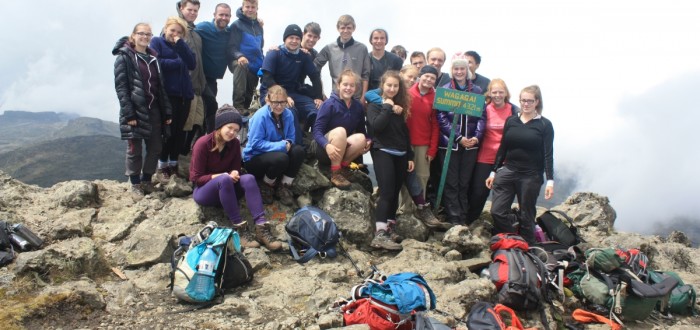
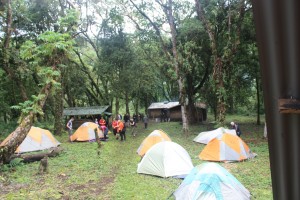
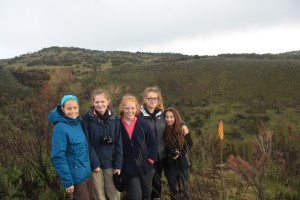
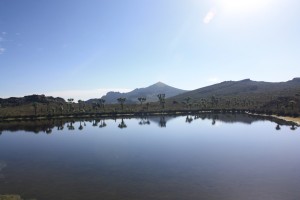
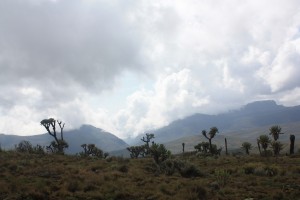
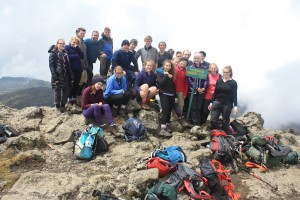
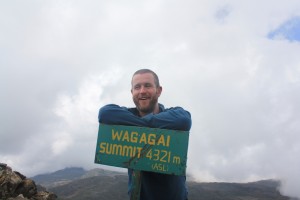
This was probably one of the hardest things I’ve ever done but it was So worth it! It was such an amazing experience. Although it was a very difficult challenge I made it to the summit thanks to our brilliant team leader. Ian kept everyone’s spirits up throughout the journey and was so motivational. A huge thank you to Ian for everything he did for the team!
Rhiannon, good to hear from you ! I am glad you think that all the effort was worth it in the end, it was certainly hard work but I really enjoyed working with you and the rest of the team 🙂 Hopefully it’ll give you the taste to go out and find some more mountains to climb!
Mount Elgon was definitely the hardest challenge we faced in Uganda, I found it both physically and mentally difficult, but with Ian’s constant motivation and his confidence in our team we made it to the summit! Easily one of the best feelings I’ve ever had and I got to share it with some great people! An incredible experience!
A massive thank you Ian for everything you did over that month!!
I was very proud to be a part of the group’s success. Sometimes as a leader the group makes the job very easy for you, and the positivity and support the team showed one another (on the mountain and the rest of the trip) meant that I could concentrate on making sure everyone remained safe and got to the top! Thanks again for the feedback 🙂
Honestly one of the hardest things I have done in my life, but was an awesome experience. Was probably the best thing I’ve ever done and reaching the summit was such an amazing achievement!
Couldn’t of asked for a better team leader, he was so motivational and such a good friend to everyone. Could not of made it to the summit and back down with out him!
Best time ever! 🙂
Hi Aimee, great to hear from you. It was an awesome experience and it was great fun helping you guys all get to the summit! Thanks for the positive feedback it’s really good to hear and makes all the hard work worthwhile. Good luck in the future!
This was an incredible experience and also such a challenge. Ian was a great leader and I totally respect all the desisions he made on the mountain for our safety. He kept motivation high when we were all feeling low
He looked after us all!
Thanks a bunch Ian ?
Hi Courteney, thanks for the comments! The mature and sensible attitude shown by all the group members made my job much easier. I would happily work with any of you guys again! It was a great experience and a privilege to work with a group like you guys!
Wow – this sounds completely amazing, really evocative piece. What an experience! Omelette and chips on top of the Wall of Death – hilarious!
Best omlette and chips of my life! The Wall of Death definitely makes it sound exciting but in reality it wasn’t too bad.
Beautifully written!
This was my biggest challenge of the trip, but I knew I could overcome the challenge with the help and confidence from Ian.
He kept the positive attitude up and would take the time to make sure that everyone was feeling well enough to tackle the challenge ahead.
Thankyou Ian!
Great feedback, thanks Annie, I really appreciate the positivity. It was a big challenge, but I never had any doubt that you’d make it to the summit 😉
An amazing experience never to be forgotten and made better by Ian! Wouldn’t of been able to do as much as I did with him! Thank you so much!! ☺️
Thanks Ella!! It was a great achievement for everybody involved and the mature and positive attitude shown by everyone helped me to motivate and encourage you all!
What an absolutely amazing trek that was – an amazing experience that I’ll never forget!
Easily the biggest challenge I’ve ever faced and I could never have done it without you Ian! Thank you so much!
A fantastic leader/guide and a brand new friend!
I agree Rob, it really was a fantastic experience! What a place and what a team. Thanks for taking the time to comment and hope that the exams went well 😉
Testimonials
Recent Posts
Categories
Recent Posts